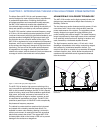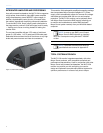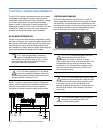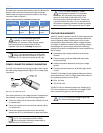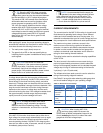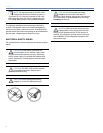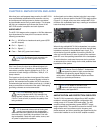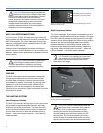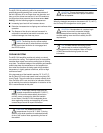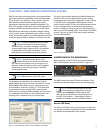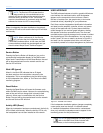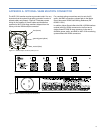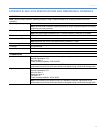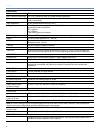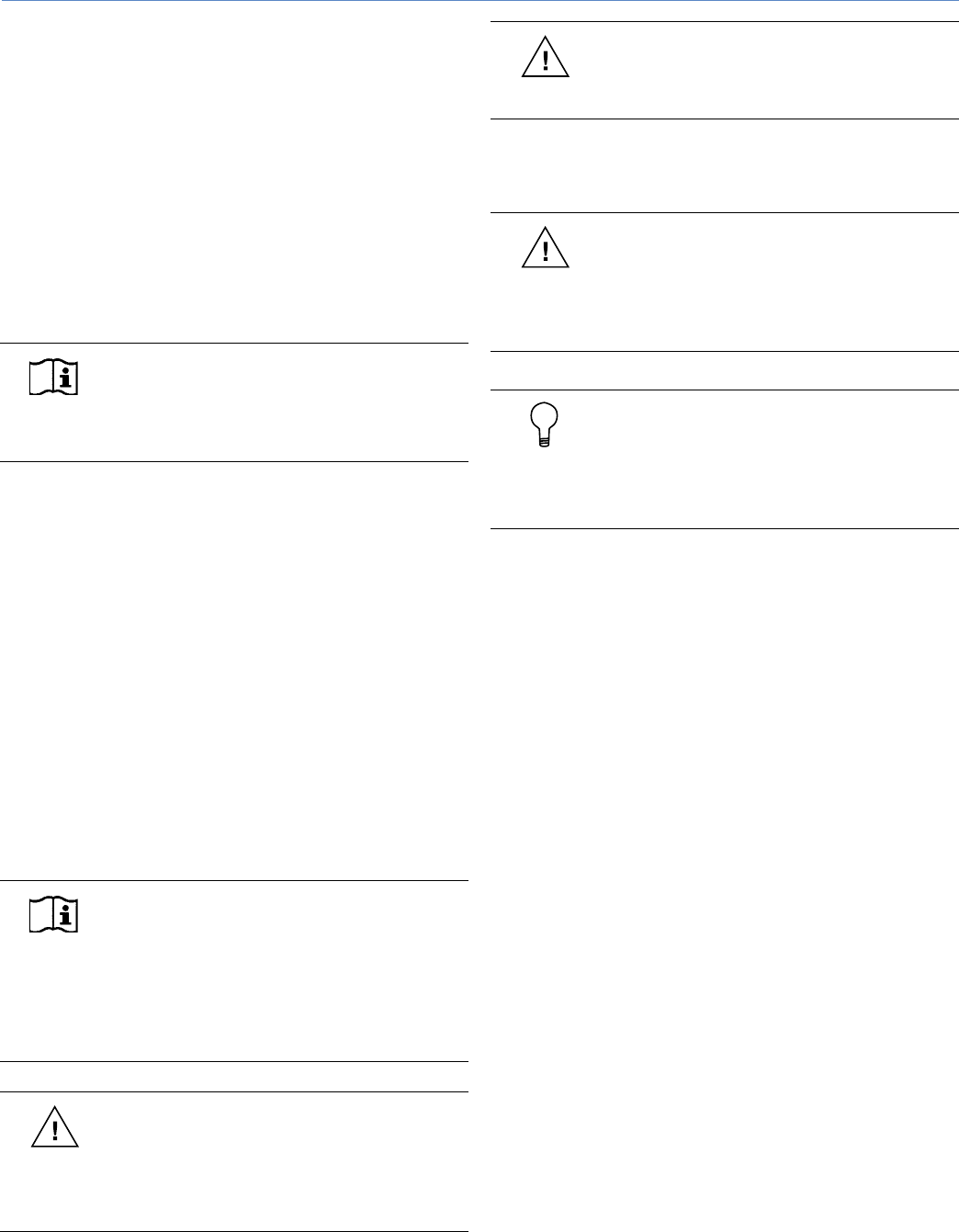
11
CHAPTER 3
The MJF-212A is performing within its acoustical
specifications and operating at a normal temperature if
the limit LEDs are lit for no longer than two seconds, and
then go off for at least one second. If an LED remains on
for longer than three seconds, that channel enters hard
limiting, with the following negative consequences:
Increasing input level will not increase volume.
Distortion increases due to clipping and nonlinear driver
operation.
The lifespan of the driver is reduced because it is
subjected to excessive heat and/or excursion, and
eventual damage over time may occur.
NOTE: The limiting circuitry utilizes optical
limiters that add no noise and have no effect
on the signal when the limiter is not engaged and
the LED is inactive.
COOLING SYSTEM
The MJF-212A amplifier modules rely solely on natural
convection for cooling. The heatsinks used in the amplifier
modules allow natural convection cooling from air flowing
over them. The efficient design of the amplifier and heatsink
profile helps keep the temperature on the amplifier low
even when the monitors are being used at high ambient
temperature, in tightly packed conditions, and/or at high
continuous levels.
If the temperature of the heatsink reaches 75° C (167° F),
the On/Temp LED on the rear panel turns from green (On)
to red (Temp). The unit continues to operate normally even
if the On/Temp LED is red, but this is an indication that the
unit is reaching its maximum dissipation. A reduction of the
SPL is recommended at this point.
NOTE: In the highly unlikely event that the
heatsink temperature reaches 95˚ C (203° F),
the MJF-212A monitor automatically shuts down
until AC power is removed to allow the heatsink
to cool down. If the MJF-212A loudspeaker shuts
down again after cooling and reapplying AC power,
contact Meyer Sound for repair information.
CAUTION: The heatsink can reach
temperatures of up to 95° C (203° F) during
extreme, high-level operation for extended periods
of time. Use caution when approaching the rear of
the cabinet.
CAUTION: To keep the heatsink from getting
too hot, make sure there is proper ventilation
around the loudspeaker.
When the heatsink temperature decreases to 65° C (145° F),
the On/Temp LED changes from red to green.
CAUTION: If loudspeakers in a system begin
to shut down due to excessive heatsink
temperatures before reaching the required SPL,
consider adding more monitors to satisfy the SPL
requirements.
TIP: The RMS remote monitoring system
can be used to monitor both limiting and
the temperature of the heatsinks. Refer to Chapter
4: RMS Remote Monitoring System for more
information.



